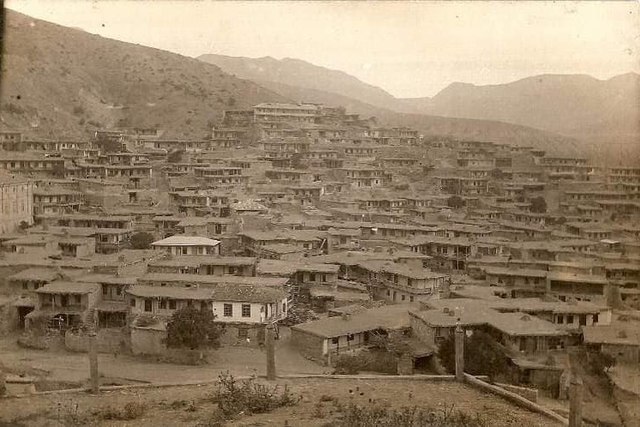Soviet deportations from Lithuania
Soviet deportations from Lithuania were a series of 35 mass deportations carried out in Lithuania, a country that was occupied as a constituent socialist republic of the Soviet Union, in 1941 and 1945–1952. At least 130,000 people, 70% of them women and children, were forcibly transported to labor camps and other forced settlements in remote parts of the Soviet Union, particularly in the Irkutsk Oblast and Krasnoyarsk Krai. Among the deportees were about 4,500 Poles. Deportations included Lithuanian partisans and their sympathizers or political prisoners deported to Gulag labor camps. Deportations of the civilians served a double purpose: repressing resistance to Sovietization policies in Lithuania and providing free labor in sparsely inhabited areas of the Soviet Union. Approximately 28,000 of Lithuanian deportees died in exile due to poor living conditions. After Stalin's death in 1953, the deportees were slowly and gradually released. The last deportees were released only in 1963. Some 60,000 managed to return to Lithuania, while 30,000 were prohibited from settling back in their homeland. Similar deportations took place in Latvia, Estonia, and other parts of the Soviet Union. Lithuania observes the annual Mourning and Hope Day on June 14 in memory of those deported.

Antanas Sniečkus, the leader of the Communist Party of Lithuania from 1940 to 1974, supervised the mass deportations of Lithuanians.
Monument to the deportees in Naujoji Vilnia – the last major train stop in Lithuania
Train cars used to transport deportees (on display in Naujoji Vilnia)
A group of Lithuanian deportees in Ziminsky District, Irkutsk Oblast
Population transfer in the Soviet Union
From 1930 to 1952, the government of the Soviet Union, on the orders of Soviet leader Joseph Stalin under the direction of the NKVD official Lavrentiy Beria, forcibly transferred populations of various groups. These actions may be classified into the following broad categories: deportations of "anti-Soviet" categories of population, deportations of entire nationalities, labor force transfer, and organized migrations in opposite directions to fill ethnically cleansed territories. Dekulakization marked the first time that an entire class was deported, whereas the deportation of Soviet Koreans in 1937 marked the precedent of a specific ethnic deportation of an entire nationality.
The empty Crimean Tatar village of Üsküt, near Alushta, photo taken in 1945 after the complete deportation of its inhabitants
A train with Romanian refugees following the Soviet annexation of Bessarabia
A dwelling typical to some deportees into Siberia in a museum in Rumšiškės, Lithuania
Funeral of the deported Crimean Tatars in Krasnovishersk, late 1944








